Pilot Cities test and implement innovative approaches to rapid decarbonisation over a two-year programme.
The Pilot Cities Programme
The Pilot Cities Programme supports European cities to test and implement innovative approaches to rapid decarbonisation, working across thematic areas and functional silos in support of systemic transformation.
The Programme seeks to address all urban systems contributing to climate-neutrality, including mobility, energy systems and the built environment, material and resource flows, natural areas, cultural/social/financial/institutional systems, and accessible public spaces.
The first (2022) and second (2023) cohorts of Pilot Cities have already embarked on their two-year journey towards climate neutrality within the Pilot Cities Programme, implementing innovative approaches, solutions, and services, to reduce carbon emissions and initiate transformational change. This May, a third cohort (2024) of Pilot Cities was selected to join the portfolio, expanding the Pilot Cities Programme to a total of 104 cities.

